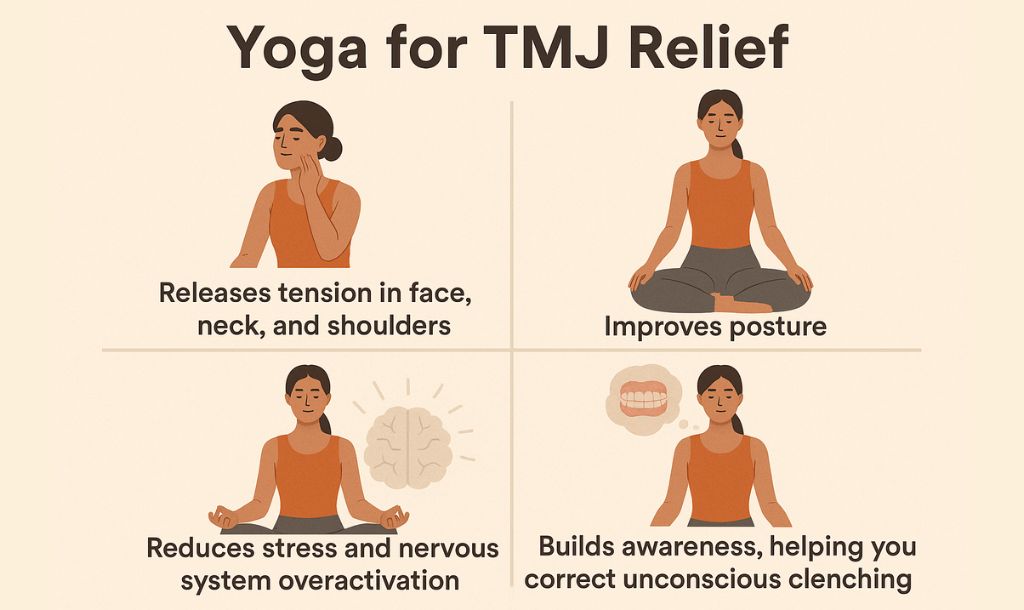What is Tadasana (Mountain Pose)

Tadasana, or the Mountain Pose, is an easy-level yoga stance for all yoga practitioners, and it's believed to be the foundation of all standing upright yoga postures.
This posture requires the core, spine, and lower body to be engaged well while keeping the mind focused and calm. It’s a fantastic starting position, resting pose, or tool for improving standing posture.
Overview & Etymology
Overview
Tadasana is derived from the Sanskrit words Tada, which means “Mountain,” and Asana, which means “Posture” or “Seat.”
This position is also known as Samasthiti, which comes from the Sanskrit words Sama, which means “equal,” “level,” or “balanced,” and Sthiti, which means “stand.”
The Mountain Pose was unknown in hatha yoga until the publication of Light on Yoga in the twentieth century. Still, it does exist in the 1896 Vyayama Dipika, a book for gymnastics, as part of an ancient posture of Dandasana (Danda means “staff” or “stick” in Sanskrit).
According to Norman Sjoman, it is one of the positions that Krishnamacharya accepted into modern yoga as an activity in Mysore, establishing the “fundamental foundation” for his vinyasas with flowing motions between poses.
Sanskrit Name: ताड़ासन Pronunciation: tah-daah-SUN-ah
Pose Type: Standing Also known as: Samasthiti or Mountain Pose
Strengthens: Knees, Thigh, Ankle and Calves Stretches: None
Health Benefits of Tadasana
Helps in opening the chest and arms.
Helps improve legs and core strength.
Increase awareness and mental focus.
Improves blood circulation in the whole body.
Improves standing posture and breathing pattern.
Helps in de-stressing, relaxing, and balancing sad emotions.
When to Avoid Performing Tadasana?
Avoid if you have inflammatory arthritis.
Avoid if you have any recent injury or surgery.
Be cautious if facing breathing issues like Asthma.
Avoid if you have Kyphosis, Herniated Discs, and Scoliosis.
Avoid during the last trimester of pregnancy if you have sore feet and back pain.
How to do Tadasana (Mountain Pose)?
Warm-up, position practice, things to bear in mind, and relaxation are all parts of Mountain Pose practice. Let’s have a look at how to practice Tadasana in each phase:
Part 1 - Preparatory Poses for Tadasana
Tadasana is a fundamental standing posture that does not involve much twisting or stretching. So, this pose does not include many preparatory poses for the warmup phase.
It’s important to start with primary stretching and a dynamic warmup in order to keep your mountain pose practice strong for long durations. Here are some warm-up poses to start with:
1. Suryanamaskar (Sun Salutations) - Tensed back, chest, shoulders, and arms can make yoga practice challenging, leading surrounded muscle groups to overwork and tossing your body out of balance. Thus, warming up your entire body in sun salutation will help you become more aware of areas you may have been neglecting.

Sun Salutations are a set of yoga poses performed in chronological order. An in-breath and out-breath is used for each alternate posture. This is a full-body, dynamic warm-up that works every muscle while utilizing standing poses, backbends, and inversions.
2. Uttanasana (Forward Fold) - Why should you perform a forward fold? If you spend the majority of your day sitting, this is an excellent way to break up the monotony and stretch your hamstrings.

Stretching the hamstrings helps tighten the low back, putting gentle pressure on it and encouraging more blood flow. Hence, this stretch is beneficial for relieving tension and pain around the lower back muscles. Also, with regular practice, forward bending stretch will help you strengthen the hamstrings and glutes.
Part 2: Step-by-Step Instructions to Perform Tadasana
Though Tadasana (Mountain Pose) appears to be a basic stance, it is an important core pose for your yoga practice. It serves as a foundation for many other standing postures in yoga. So, mastering this position is critical.
There are several aspects to pay attention to in this seemingly simple stance. The steps of practicing Tadasana (Mountain Pose) are as follows:
Step 1- Stand in the center of your yoga mat, with the bodyweight balanced uniformly on both feet.
Step 2- Keep the outer edges of your feet parallel with the sides of the mat, and your arms relaxed at your sides.
Step 3- Keep the feet, core, and lower body engaged. Also, breathe continuously here and be mindful of your connection with the ground.
Step 4- Inhale and lift the kneecaps by contracting the quad muscles; this will help you tighten the knees and legs.
Step 5- Make sure not to bear your body’s weight on your heels or toes, but instead evenly distribute it throughout your whole foot.
Step 6- Keep breathing steadily. Ensure the abdomen is tucked in, the chest is forward, the spine is elongating upwards, and the neck is aligned with eyes gazing forwards.
Step 7- Place your arms on the side of your thighs to bring them closer to your body. Close your eyes to focus on your steady breath and hold the pose here as long as possible.
Breath Awareness:
The following are various ways to breathe in Mountain Pose practice, depending upon its use:
If Tadasana is performed as a basic foundation pose, then practice The Three-Part Breath or Dirga Pranayama
If you want to hold Mountain Pose longer, try conscious breathing–also known as Ujjayi Pranayama.
If Tadasana is performed as a transition asana in a yoga flow, then follow the Diaphragmatic Breathing pattern.
If Tadasana is performed as a relaxing pose, use a slow but elongated exhaling pattern for deeper relief.
Performance Duration for Beginners: Hold the mountain pose for 5 to 10 deep breaths.
Performance Duration for Advanced: Hold the mountain pose until you feel comfortable.
Part 3: Things to Keep in Mind
These pointers can help you prevent injury while also allowing you to reap the most out of your mountain pose practice:
Stay attentive about the stance: Start in a balanced Mountain Pose by placing your feet with a few inches of space between them. Maintain a front-facing posture with your upper body, legs, and knees pointing in the same direction.
Learn the difference between locking and contracting: Beginner students are advised to avoid locking their knees in this position, instead of softening their knees as they breathe in and out. Contracting the quad muscle can be confused with locking the knee joint, so be mindful of your leg muscles.
Maintain strong upper body posture: Many people tend to bend their neck down, rounding the shoulders and collapsing the chest forward. Focus on correcting the upper body alignment and keeping it softly stretched upwards.
Part 4: Relaxing Poses After Tadasana
After a long Mountain Pose practice, it’s important to perform some counterposes to relax the contracted muscle groups, like your knees, abdomen, spine, and ankles. Here are some following counter stretches:
1. Balasana (Child’s Pose): Child’s Pose is a popular prone pose seen in many yoga traditions. When performed after any yoga sequence, it is considered one of the unsupported restorative techniques that helps bring back the heart rate to normal.

After a long Tadasana practice, it offers a way for students to immediately reconnect to their breath as they settle down and relax their back. The extended arms resting in front serve to calm down the flow of intensive energy even further.
2. Bitilasana Marjaryasana (Cat+Cow Pose): Come into all fours and gently move the back in a rhythmic motion, as if you were a cat or a cow, releasing tension in the spine and shoulders while tightening the abdomen to create a stronger core.
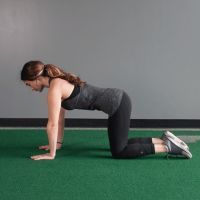
Image Credits: healthline.com
Cat/Cow Pose is a combination of two positions that can be used to gently relax the spine and abdomen after a practice of strenuous elongated standing in a mountain posture.
3. Paschimottanasana (Seated Forward Fold): Sit at the end of your yoga mat with both the legs flexed straight in front. Maintain a straight spine with your toes flexed toward you. Inhale deeply as you stretch up and extend both arms above your head.
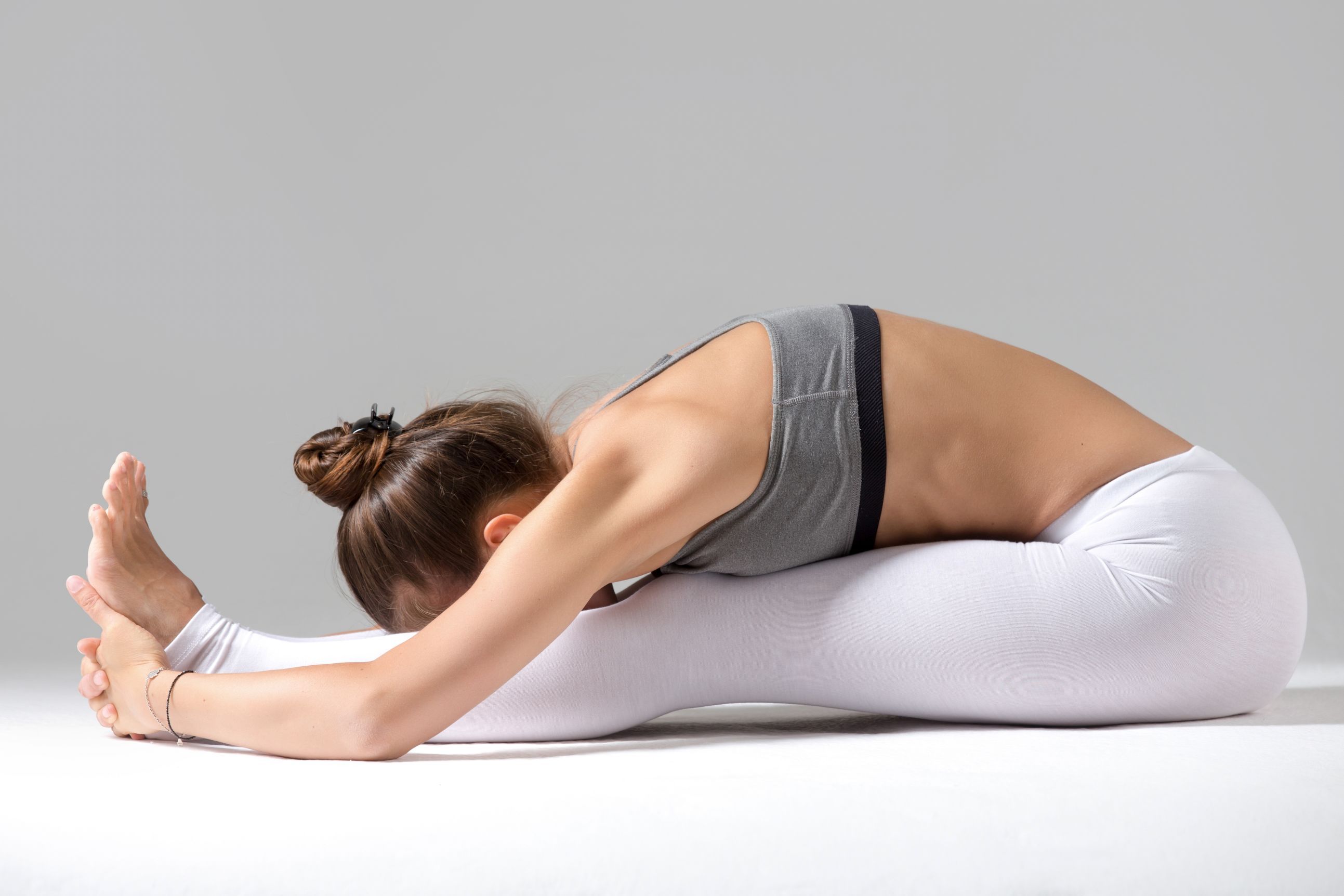
As you bend forward and extend your chest over your legs, exhale while keeping your spine upright and parallel to the ground. This counterpose is beneficial in relaxing the chest and lower back muscles after Tadasana practice.
Tadasana Variations to Consider
Introduce the following pose variations to your Samasthiti practice if it is too easy to perform.
1. Standing Cow Face Pose: Standing cow face pose is a demanding arm position that requires shoulder flexibility. It is a standing variation for fundamental Tadasana practice. It’s also known as Tadasana Gomukhasana in Sanskrit.

This position is first practiced in mountain pose (tadasana). One arm reaches up and behind the back, while the other arm lengthens from below the back. Try to meet both hands in the center of your back, and fingers must be interlocking together, to create the cow face formation with the arms.
2. Back Bound Hands Pose: Also known as, Tadasana Paschima Baddha Hastasana, is one of the many variations of the fundamental Yoga pose Tadasana.
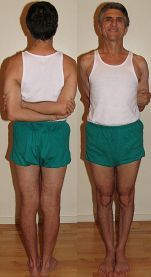
Image Credits: lamediasonrisadebuda
The arms are clasped behind you onto one another while standing in the simple Mountain Pose, which helps to open the shoulders and chest deeply. It’s a terrific method to open up the chest and shoulders without stretching them out too much.
4. Standing Reverse Prayer Pose: The Pashchima Namaskarasana, also known as Viparita Namaskarasana, is a standing yoga asana that translates to “backwards” and “giving respect."

This pose is an upper-body strengthening pose that works specifically around the arms and the abdomen for more strength and stability.
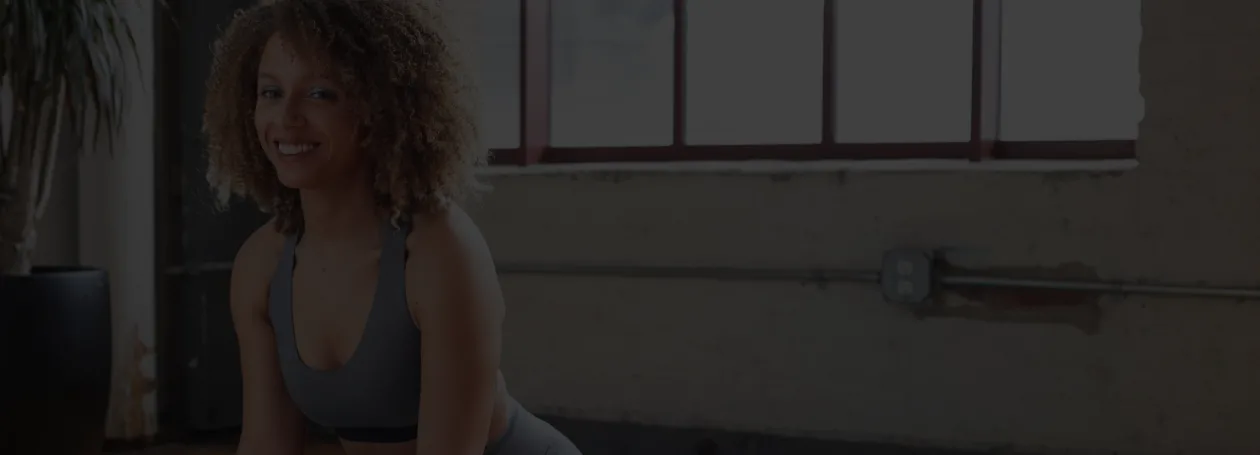
Enjoy a Free 1-on-1 Session with a Coach!
Receive personalized guidance tailored to your unique fitness goals, live with a dedicated coach—no credit card required.
Frequently Asked Questions about Tadasana
Here are the following steps of Tadasana:
- Stand still with your feet close together.
- Place both your arms by your sides.
- Engage the quads by lifting the kneecaps.
- Now, keep the upper body elongated to the sky.
- If you can hold this pose for longer, you can increase your mindfulness by closing your eyes.
- Aligning within the vibration of this pose, it provides a sense of mental clarity and calmness.
The most significant health benefits of Tadasana are as follows:
1. Tadasana aids in the improvement of the ankles, thighs, and joint flexibility.
2. Mountain Pose enhances your balance and corrects your standing posture by making the spine more flexible and up-right.
3. Lastly, tadasana enhances your neurological system while regulating your breathing and digestion.
Mountains are magnificent, powerful, and unmovable. Everything in asana practice stems from the mountain position (tadasana in Sanskrit), which is a state of standing straight, tall, rooted, and calm just like a big mountain
Yes, mountain posture, also known as Tadasana in Sanskrit, is a foundational pose for all standing yoga poses. Tadasana provides a lot of health advantages, despite how easy the pose appears. It can aid in the correction of muscle imbalances, the improvement of posture, and the expansion of awareness.
Following should avoid to perform Tadasana:
- People suffering from insomnia.
- People suffering from high blood pressure.
- If you have knee joint injury or spine injury.
- Pregnant women should avoid doing Tadasana in their final trimester.
- Mountain posture is not recommended for people who suffer from headaches and foot pain.



.webp)
%20(7).jpg)
